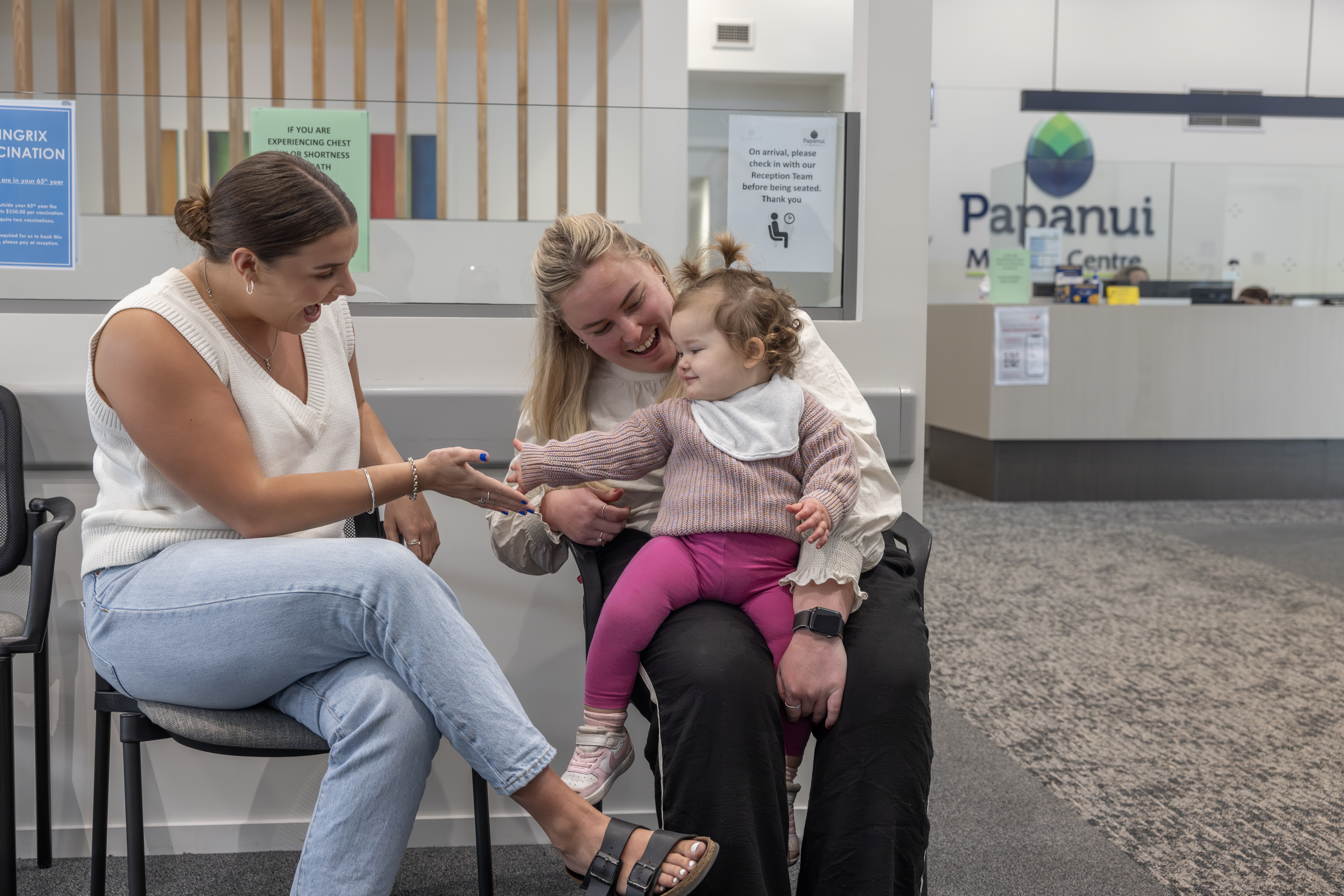Cervical screening has changed. The new cervical screening test is here and it’s a game changer!

Human Papillomavirus (HPV) is a very common virus that is spread through intimate skin-to-skin contact or any sexual activity. Some types of high-risk HPV cause more than 95% of cervical cancers.
Did you know that cervical cancer is preventable? In Aotearoa New Zealand 85% of people who develop cervical cancer have either never been screened or have not had regular screening.
The best way to protect against cervical cancer is by having HPV immunisation (free for all people aged 9 to 26), and regular cervical screening. Screening is recommended for eligible participants between the ages of 25 and 69.
What are the cervical screening tests?
The most important risk factor for cervical cancer is a persistent infection of a high-risk type of HPV. HPV Primary Screening looks for the presence of the HPV virus, and helps clinicians know if further diagnostic testing or treatment is required. For most people an HPV infection clears by itself within two years (especially in people under 30).
There are two choices for cervical screening tests:
- The new HPV self-test
- A liquid based cytology test, previously called a smear test.
Regardless of which option you choose, you must have a consult with your healthcare provider first.
The new self-test is easy, safe, and accurate. Self-tests are completed by yourself (or you can ask for assistance from the clinician), onsite during your appointment. Your healthcare provider will have a private area setup for this. For some people, following a consultation, you may be able to take the self-test home.
How to self-test
The self-test is very easy to use. Simply insert the swab a few centimetres into your vagina and gently rotate it for around 20 seconds, touching the vaginal walls to collect a sample. You don’t need to reach your cervix with this test. The swab will then be sent to the labs for testing.
What happens after the test?
If HPV is detected, you will need to return for a cervical sample or be referred to colposcopy. A colposcopy is a specialist procedure that only take 15 minutes. If HPV is detected, this doesn’t mean you have cancer. Further checks will help to identify any cervical cell changes that may require further treatment.
If HPV is not found, your next screening will be in five years (or three years if you are immune deficient).
Can anyone self-test?
For some people a self-test for HPV may not be suitable or recommended – if this is the case for you, your health provider will give you more information on the options available for you.
You can also choose to have a cytology test if you do not want to self-test.
What are the costs?
As of the 12 September 2023, free cervical screening is now available for the following groups:
- Women and people with a cervix 30 years and over who have never had a screening test, or have not had a test in the past 5+ years
- Anyone requiring a follow up
- Māori and Pacific
- Anyone who is a Community Services Card holder.
There is no charge for follow-up testing, regardless of your eligibility for a free routine screening.
How do I book a screening test?
If you think you’re overdue for a screening you can contact your healthcare provider. If you don’t have a preferred healthcare provider, Screening Support Services can help find one and book a test. You can contact them on 0800 729 729.
With cervical cancer being one of the most preventable cancers, cervical screening is an important tool protect you and your whānau.
More Information
Doing a vaginal swab (self-test) | Time to Screen – National Screening Unit
